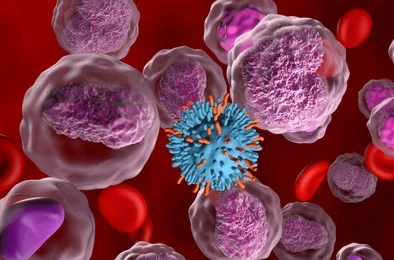Shahrin Ahmed, Medical Specialist at the Canadian Cancer Society, shared a post on X:
“In 2019, there has been an increase in the number of non-Hodgkin’s lymphoma trials over the past 5 years – The lymphatic system, a component of the body’s immune system, is where Non-Hodgkin’s lymphoma (NHL) starts.
Abnormal lymphocytes, which are white blood cells, begin to grow uncontrollably and form tumors in lymph nodes or other tissues in NHL. Abnormal lymphoid cells at different stages of differentiation can be identified in over 60 distinct subtypes.
NHL is common in older adults, but it can affect people of any age. In the United States, about 85% of NHL cases are caused by B-cell lymphomas, which mostly affect people who are 60 years or over.
NHL can be diagnosed by observing symptoms such as swollen lymph nodes, fever, night sweats, unexplained weight loss, and fatigue.
Chemotherapy, radiation therapy, immunotherapy, targeted therapy, or stem cell transplant are some of the treatment options for NHL, depending on the subtype and stage of the disease. To manage NHL and improve outcomes, early diagnosis and appropriate treatment are crucial.
GlobalData’s Clinical Trials Database shows a significant increase in the number of clinical trials that are focused on advancing the understanding and treatment of non-Hodgkin’s lymphoma since 2019. Phase II clinical trials dominate the landscape of NHL research.
Over 57% of all studies are dedicated to evaluating the effectiveness and safety of potential treatments in larger patient groups. Efforts to identify and develop innovative therapeutic strategies for NHL are underway, with Phase I trials accounting for 27.1%.
Only 8.7% of trials are covered by Phase III. It seems that there are promising drugs currently in the final stages of research, which could possibly lead to their introduction into clinical practice. At the moment, Phase IV accounts for only 6.5% of trials.”
Source: Shahrin Ahmed/X
